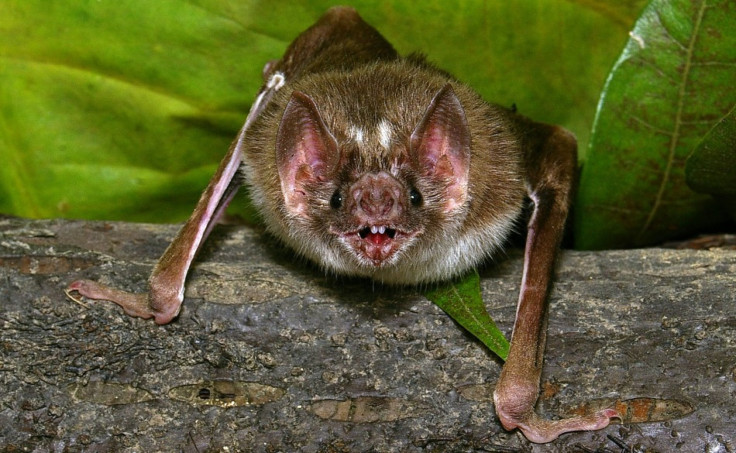Blood-sucking Vampire Bats Use Heat Sensors on Prey: How Do They Do It?

Vampire bats, whose blood-sucking talents are giving scientists new insights into some of the most painful nervous system disorders that humans can suffer, can also locate hotspots or blood vessels in their prey using infrared vein sensors on their lips, new research claims.
A study led by David Julius at the University of California's San Francisco campus discovered that unlike other variants of bats, this species of blood-sucking vampire bats does not track prey by producing a constant stream of high-pitched sounds and then analyzing the echoes.
It's a known fact that bats can pinpoint their prey by emitting their chirps and squeaks as they fly to spot a tempting target meal by analyzing its returning echoes.
"Vampire bats feed on blood, and it's useful for them to have an infrared detector to be able to find the circulation," said David Julius, the Morris Herzstein Chair in Molecular Biology and Medicine at UCSF, who led the research.
However, vampire bats are different: They don't fly, they run to any animal or unwary bird whose blood will sate their hunger, and they are uniquely far more specialized than other bats, according to Julius, a distinguished neurophysiologist at UCSF.
This new study has provided key details about the role of vampire bats in the evolutionary process and its exact placement in the ecosystem. Julius and his colleagues conducted the study by doing a comparative analysis of sensory nerve cells that travel to different parts of the bat's body with isolated nerve cells that travel to the sensors on their lips.
Researchers found out that the two nerve cells were anatomically different which implies that the vein-sensing cells convey separate information. The results were published in Nature on Thursday and provided a detailed description of the study mechanism along with the findings.
The research team noted that the specific type of heat detecting molecule that covered the upper lips of the vampire bats was TRPV1. "Vampire bats, Desmodus rotundus, are obligate blood feeders that have evolved specialized systems to suit their sanguinary lifestyle," wrote Julius in the study. "Only three other vertebrate lineages have this 'sixth' sense: three distantly related groups of snakes (pit vipers, pythons and boas)."
The nerve cells they studied are similar to the molecules in human nerve fibers that give people acute sensitivity to the sensation of heat, like that which comes from eating chili peppers and spicy foods containing the heat-emitting chemicals called capsaicins.
© Copyright IBTimes 2025. All rights reserved.





















